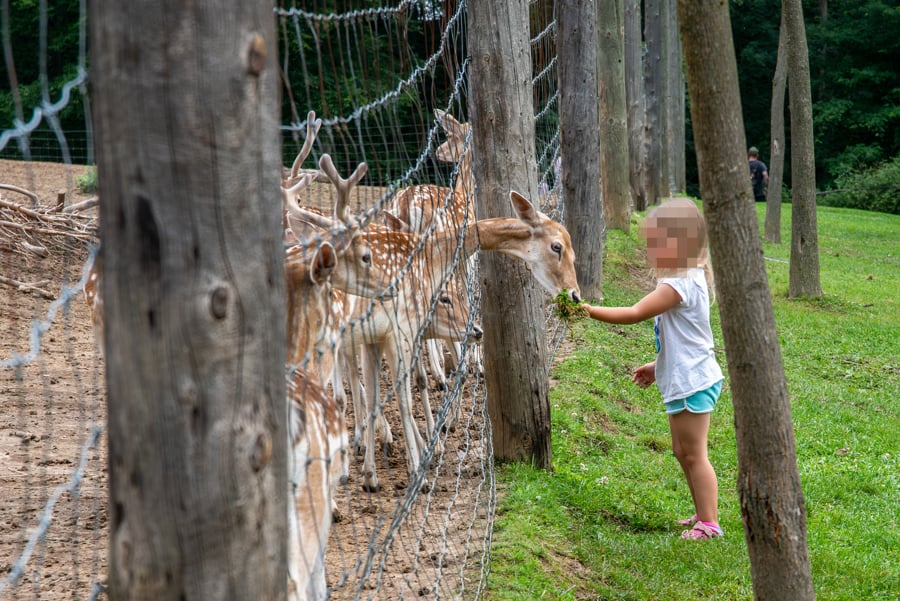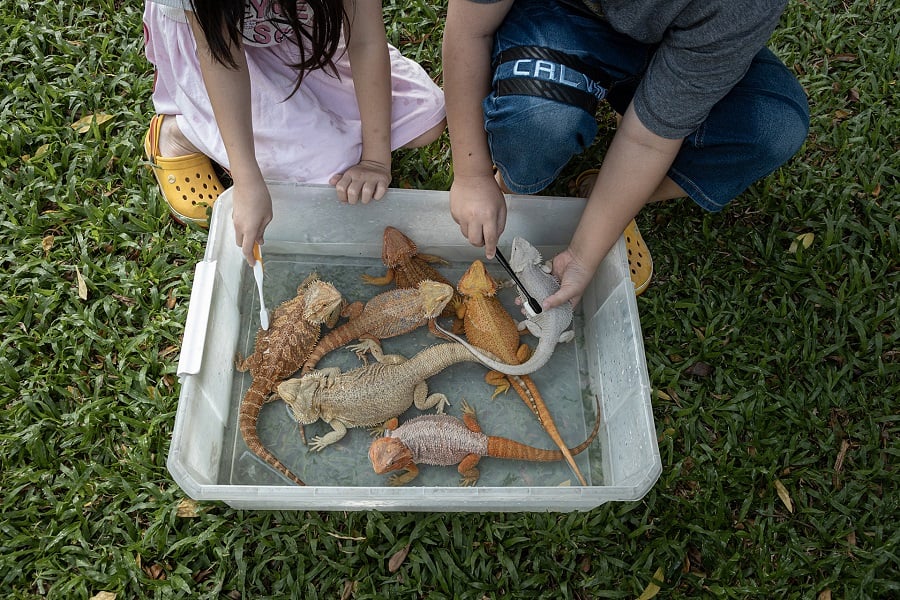
Understanding zoonotic diseases
Blog
Zoonoses are diseases that can spread between animals and people, such as rabies, salmonellosis, avian influenza, and even COVID-19.
First, let’s get our language straight:
- Zoonosis: A single disease transmissible from animals to humans.
- Zoonoses: Multiple diseases transmissible from animals to humans.
- Zoonotic disease: Another way to refer to a disease transmissible from animals to humans, often used interchangeably with zoonosis.
What are zoonotic diseases?
Zoonotic diseases (zoonoses) are diseases or infections that can be transmitted from animals to humans. Zoonotic pathogens may be bacterial, viral, parasitic or fungal.
Over 60% of known infectious diseases and up to 75% of new or emerging infectious diseases are zoonotic in origin. The World Health Organization (WHO) and most infectious disease experts agree that the origins of future human pandemics are likely to be zoonotic, with wildlife emerging as the primary source.
Zoonoses cause an estimated one billion cases of human illness and millions of deaths every year globally. At a global level, according to one estimate, the economic damage caused by emerging zoonoses are hundreds of billions of US dollars in the past 20 years. The COVID-19 pandemic caused significant economic damage leading to the deepest global recession in decades.
There are over 200 known types of zoonoses, ranging from mild diseases like ringworm, to fatal ones like rabies. Other well-known zoonoses include:
- COVID-19: while the exact origin is still under investigation, it is widely accepted to have originated in animals before jumping to humans.
- Rabies: a fatal disease that is transmitted through the bite or scratch of an infected animal, usually dogs, bats, raccoons or skunks.
- Salmonellosis: an infection that is transmitted through contact with infected animals, including pet reptiles and amphibians.
- Avian influenza (bird flu): a highly contagious viral infection that primarily affects birds but is has also spread to mammals, including humans.
- Ebola: a deadly disease contracted from handling or eating infected wildlife.
- Human Immunodeficiency Virus (HIV): this disease began as a zoonosis from non-human primates but has since mutated into human-only strains.
- Severe acute respiratory syndrome coronavirus (SARS-CoV): a viral respiratory illness that originated in a live animal market and spread to humans.
How do zoonoses transmit from animals to humans?
There are many ways in which zoonotic diseases can be transmitted between animals and humans, including:
- Direct contact: Coming into contact with the saliva, blood, urine, feces, or other bodily fluids of an infected animal, or through bites or scratches (examples: avian influenza, rabies).
- Indirect contact: Coming into contact with areas where animals live or objects they have touched, like a pet’s cage or chicken coops (example: Salmonella). The risk of disease transmission in these scenarios often occurs when people do not properly disinfect animal-contaminated surfaces. Some pathogens can survive on surfaces for a long time, increasing the risk of infection.
- Vector-borne: Being bitten by a tick, mosquito or flea (examples: West Nile Virus, Lyme disease, malaria).
- Foodborne: Eating contaminated or insufficiently cooked meat (including wild animals) or eggs, or vegetables contaminated with feces from an infected animal (examples: parasites, Bovine spongiform encephalopathy, Salmonella, E. coli, Listeria).
- Waterborne: Drinking water contaminated with feces from an infected animal (example: Giardia)

A child at a roadside zoo interacting with wild animals. (Photo: Sasha Rink / World Animal Protection)
Who is at risk of being infected by zoonotic diseases?
Anyone can get sick from a zoonotic disease! According to the Public Health Agency of Canada, those at most risk for most zoonotic diseases and who should take greater precautions to protect themselves include:
- Children under the age of 5
- Adults over the age of 65
- People with weakened immune systems
- Pregnant individuals
Individuals considered “high risk” typically have weakened or immature immune systems making it more difficult for them to fight off infections.
How to protect yourself from zoonotic diseases
We come into contact with animals every day, whether we realize it or not. Thankfully, there are simple things we can do to protect ourselves from zoonotic diseases:
- Wash your hands thoroughly and regularly with soap and water, especially after being around or touching animals.
- Prevent bites from mosquitoes, ticks, and fleas, and if you are ever bit by a mammal (for example, a bat, dog, raccoon, or skunk), seek medical attention immediately.
- Practice safe food handling.
- Avoid places such as petting zoos, roadside zoos, or pet expos, where animals are confined in stressful situations and often allow for direct contact with humans.
- If you find an injured wild animal, contact your local wildlife rehabilitation centre or animal control agency. Do not touch the animal without proper handling instructions.
The risks of exotic pets
Wild animals kept as pets can be a source of infectious diseases. Stressed animals are more prone to contracting and shedding pathogens, increasing the likelihood of making people ill. Exposure to these pathogens can happen at pet expos, stores, or when bringing a wild animal into the home. In fact, 35% of zoonotic diseases in humans have been linked to an exotic pet.
 Children with pet bearded dragons. (Photo: Ana Norman Bermudez / We Animals Media)
Children with pet bearded dragons. (Photo: Ana Norman Bermudez / We Animals Media)
Why are animal diseases so prevalent today?
In recent years there has been an apparent increase in zoonotic diseases and zoonotic disease outbreaks. The frequent emergence of new zoonotic diseases is attributed to increasing interactions between humans and wild animals and greater encroachment into wild animal habitats. The United Nations has warned that this trend is likely to continue as more habitats are harmed by wildlife exploitation and unsustainable farming practices.
The exploitation of wild animals as commodities—for their body parts, as pets, or as performers—brings humans into regular physical contact with them, increasing the risk of disease spread. The expansion of factory farming also contributes to increased risk of zoonotic disease emergence and spread. The Food and Agriculture Organization (FAO) notes that more than 70% of human diseases are of animal origin, and have a direct relation with our current reliance on animals for food.
Support the Pandemic Prevention Preparedness Act
Considering the alarming rise in zoonotic diseases, supporting the Pandemic Prevention and Preparedness Act (Bill C-293) is critical. This bill aims to mitigate the risks of zoonotic disease outbreaks by addressing the root causes and enhancing our readiness for future outbreaks.
Join us in urging your Member of Parliament (MP) to prioritize the passage of this crucial legislation to prevent future pandemics and safeguard human and animal welfare.
Support the Pandemic Prevention Preparedness Act
This is a crucial moment, and we need your support to move Bill C-293 to the senate! Urge your MP to prevent future pandemics and safeguard animal welfare!
What is World Zoonoses Day?
World Zoonoses Day on July 6 is a day dedicated to raising awareness about zoonotic diseases. This day marks the anniversary of the first successful rabies vaccination by Louis Pasteur in 1885, highlighting the ongoing importance of preventing zoonotic diseases to safeguard global health.
Banner photo: aaleenaf / Shutterstock
